Table of Contents
Introduction to Chinese Spicy Flavors
Chinese spicy cuisine is a unique culinary tradition that balances heat with numbing, sour, sweet, and umami flavors, originating from regions like Sichuan, Hunan, Guizhou, and Yunnan. Unlike other spicy cuisines that focus solely on heat, Chinese spicy creates complex, layered taste experiences. This guide covers everything you need to know to master authentic Chinese spicy dishes at home.

Understanding the Basics of Spices
Chinese spices go beyond simple heat—they enhance flavor, preserve food, and offer health benefits. Mastery lies in balancing heat with other elements like numbing (from Sichuan peppercorns), sourness, sweetness, and umami. Common spices include:
- Ginger: Adds warmth and freshness
- Garlic: Provides pungent depth
- Star anise: Imparts licorice-like sweetness
- Cinnamon: Contributes warm, sweet notes
- Sichuan peppercorns: Creates unique tingling numbing sensation
- Black pepper: Delivers straightforward heat
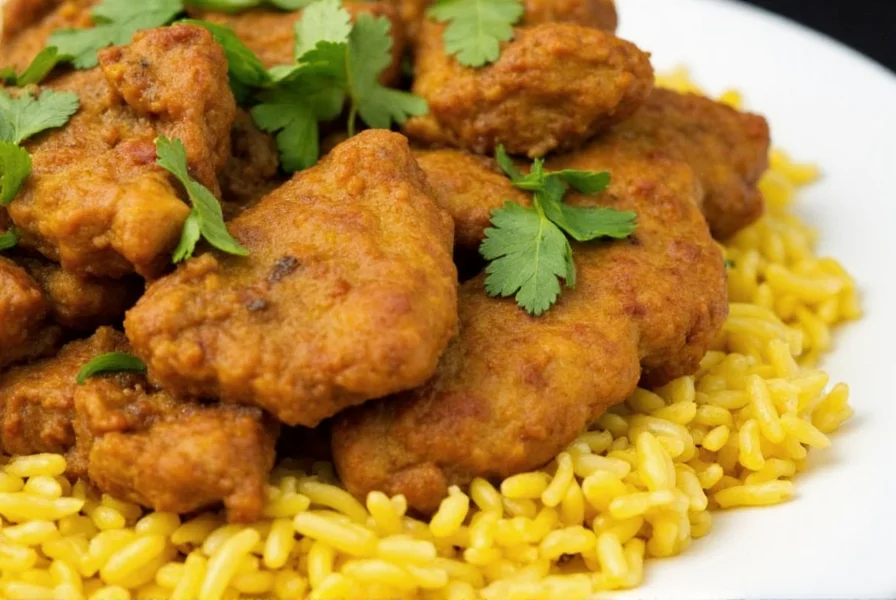
Types of Chinese Spicy Flavors
Chinese spicy varies significantly by region, each with distinct characteristics:
1. Sichuan Spicy (Sichuan Pepper Style)
This style combines Sichuan peppercorns (for numbing "ma") with chili peppers (for heat). It features complex, layered flavors that tingle and burn simultaneously. Classic dishes include Kung Pao Chicken and Mapo Tofu. Heat level: Medium (numbing dominant).
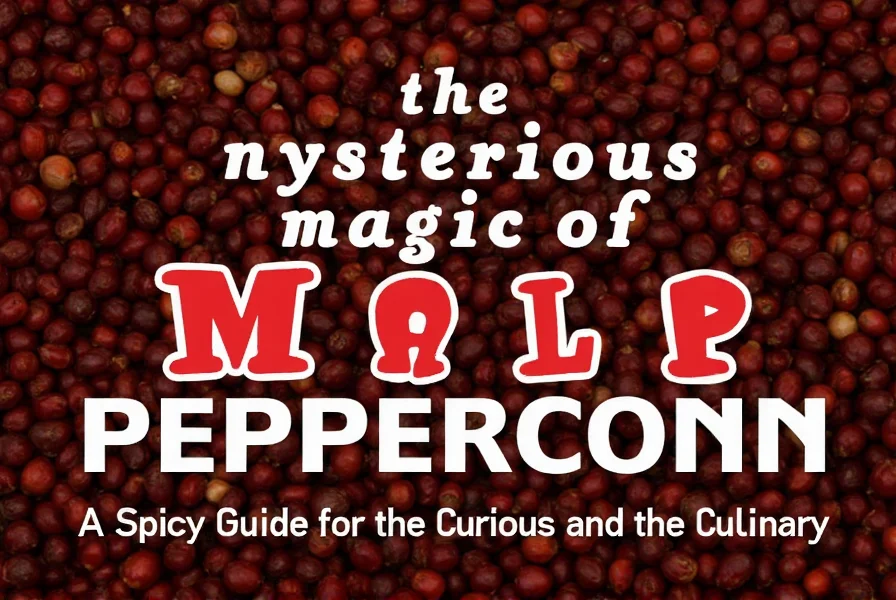
2. Hunan Spicy (Hunan Chili Style)
Known for bold, unapologetic heat using fresh chilies and fermented bean paste. It emphasizes direct, intense spiciness without numbing effects. Typical dishes: Hunan-style Stuffed Peppers and Stir-Fried Eggplant. Heat level: High (pure heat).
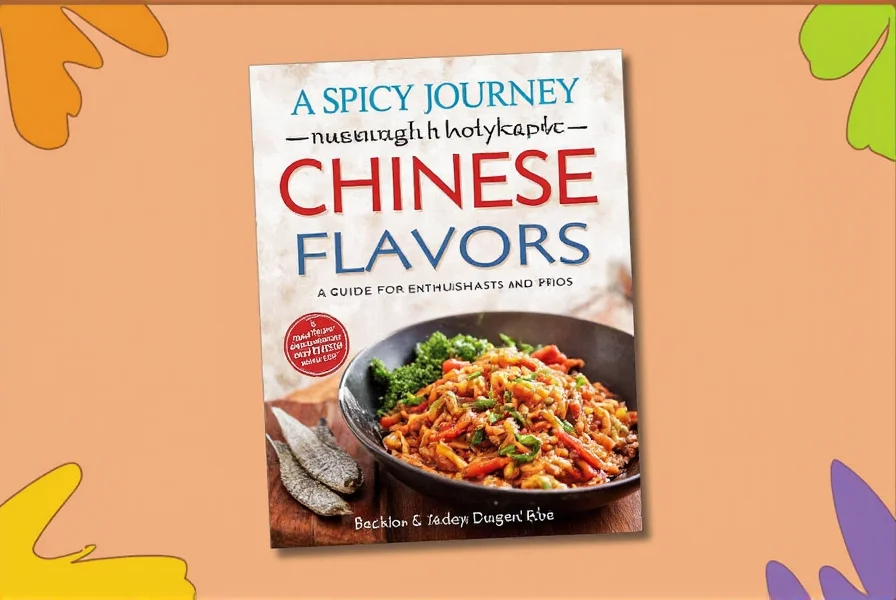
3. Guizhou Spicy (Fermented Flavor Style)
Features pungent, tangy flavors from fermented ingredients like pickled vegetables and black beans. It balances acidity with moderate heat for refreshing complexity. Common dishes: Guizhou-style Hot Pot. Heat level: Medium-Low (tangy dominant).
4. Yunnan Spicy (Herbal and Mild Style)
Uses local herbs and mild spices for aromatic, subtle heat. Focuses on freshness and balance rather than intensity. Dishes like Yunnan-style Hot Pot and Bamboo Shoot Salad showcase this style. Heat level: Low (herbal dominant).
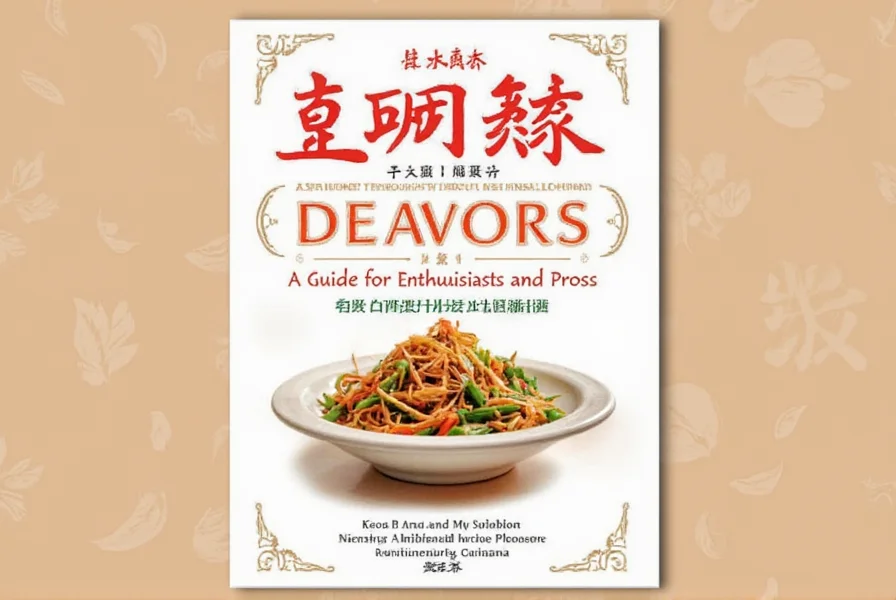
Practical Tips for Cooking with Chinese Spicy
Follow these expert techniques to master Chinese spicy cooking:
Tip 1: Start Small and Build Up
Chili peppers and Sichuan peppercorns are potent. Begin with 1/4 tsp of dried chilies or 1/2 tsp Sichuan peppercorns per serving, then adjust. Remember: you can add more heat, but cannot remove it once added.
Tip 2: Use Fresh Ingredients
For authentic flavor, use fresh chilies, ginger, and garlic. Dried versions lose vibrancy—replace dried chilies with fresh ones for stir-fries, and use whole Sichuan peppercorns ground fresh.
Tip 3: Balance Heat with Other Flavors
Chinese spicy is about harmony. Pair heat with:
- Acidic elements: Vinegar or citrus juice (cuts through heat)
- Sweet elements: Sugar or honey (softens intensity)
- Umami boosters: Soy sauce or fermented bean paste (adds depth)
Tip 4: Experiment with Cooking Techniques
Heat intensity changes with method:
- Stir-frying: Intensifies heat quickly
- Braising: Mellow heat over time
- Steaming: Preserves delicate spice notes
Tip 5: Store Spices Properly
Keep spices in airtight containers away from light. Whole Sichuan peppercorns last 1 year; ground spices lose potency in 3 months. Store dried chilies in freezer for 6+ months freshness.
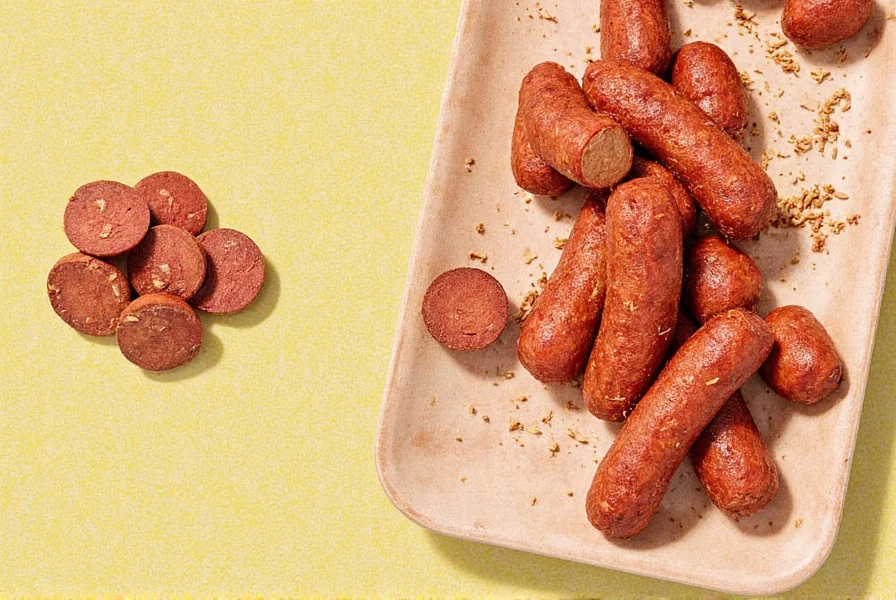
Buying Guide for Chinese Spicy Ingredients
Choose high-quality ingredients for authentic results. This comparison table helps you select the right products:
| Ingredient | Heat Level | Best Use | Where to Buy |
|---|---|---|---|
| Sichuan Peppercorns | Low-Medium (numbing) | Sichuan dishes, stir-fries, soups | Asian grocery stores, Amazon, specialty spice shops |
| Dried Chilies | Medium-High (varies by type) | Chili oil, stir-fries, sauces | Asian markets, online retailers like Walmart |
| Chili Oil | Medium (ready-to-use) | Noodles, dumplings, salads | Supermarkets, Asian grocery chains |
| Fermented Bean Paste | Medium (salty, umami) | Hunan dishes, stews, marinades | Asian grocery stores, specialty food websites |
| Pickled Vegetables | Low (tangy) | Side dishes, stews, palate cleansers | Supermarkets, Asian markets, online |
Frequently Asked Questions
What makes Chinese spicy different from other spicy cuisines?
Chinese spicy cuisine balances heat with numbing (Sichuan peppercorns), sourness, sweetness, and umami for complex layers. Unlike Mexican or Thai spicy which often focus on pure heat, Chinese cooking uses regional spice combinations to create harmony. For example, Sichuan dishes combine "ma" (numbing) and "la" (heat) for a signature tingling burn.
What is the difference between Sichuan peppercorns and regular black pepper?
Sichuan peppercorns (from Zanthoxylum plant) create a tingling numbing sensation called "ma" in Chinese, while black pepper provides straightforward heat. Sichuan peppercorns have citrusy, floral notes and no capsaicin—they stimulate nerves differently. Black pepper is hotter but lacks the distinctive mouth-numbing effect essential to Sichuan cuisine.
How can I reduce the spiciness of a Chinese dish if it's too hot?
Effective methods include: adding dairy (yogurt or cream neutralizes capsaicin), incorporating acidic elements (vinegar or lime juice), mixing in sweetness (sugar or honey), using starchy ingredients (rice or noodles), or adding cooling vegetables (cucumber). Always adjust gradually to preserve flavor balance.
Are Chinese spicy dishes always extremely hot?
No—heat levels vary significantly by region. Hunan cuisine is intensely hot, while Yunnan style uses mild herbal spices. Authentic Chinese dishes prioritize flavor balance over pure heat; many restaurant versions outside China are exaggerated for Western palates. At home, you control spice intensity while maintaining authentic profiles.
Why do some Chinese spicy dishes make my mouth tingle or go numb?
This sensation comes from hydroxy-alpha-sanshool in Sichuan peppercorns, which stimulates multiple nerve endings simultaneously. It creates a vibrating "ma" effect that isn't heat but enhances flavor perception. This numbing actually makes chili heat more manageable and adds complexity to dishes like Mapo Tofu.
What dishes should I try if I'm new to Chinese spicy cuisine?
Start with these approachable dishes: Mapo Tofu (Sichuan—soft tofu in mild spicy sauce), Kung Pao Chicken (Sichuan—balanced heat with peanuts), Dan Dan Noodles (Sichuan—savory spicy sauce), or Dry-Fried Green Beans (crispy beans with minimal heat). Gradually increase spice levels as your palate adapts.
How to make homemade chili oil for Chinese spicy dishes?
Heat 1 cup vegetable oil until smoking, then cool to 300°F (150°C). Add 1/4 cup dried chilies, 2 tbsp Sichuan peppercorns, and 1 star anise. Steep for 10 minutes, strain, and store in a jar. This creates versatile chili oil for noodles, dumplings, or stir-fries with balanced heat and numbing notes.
Can Chinese spicy ingredients be used in non-Chinese dishes?
Absolutely! Sichuan peppercorns elevate pasta sauces, dried chilies add depth to tomato soup, and chili oil enhances avocado toast. Start with small amounts—1/4 tsp Sichuan peppercorns per serving in Italian dishes—to introduce subtle numbing complexity without overpowering.
Conclusion
Chinese spicy cuisine is a symphony of flavors where heat meets numbing, sour, sweet, and umami for unforgettable dishes. By understanding regional styles, mastering balance techniques, and selecting quality ingredients, you can create authentic Chinese spicy meals at home. Start simple, experiment fearlessly, and let your taste buds explore this rich culinary tradition.
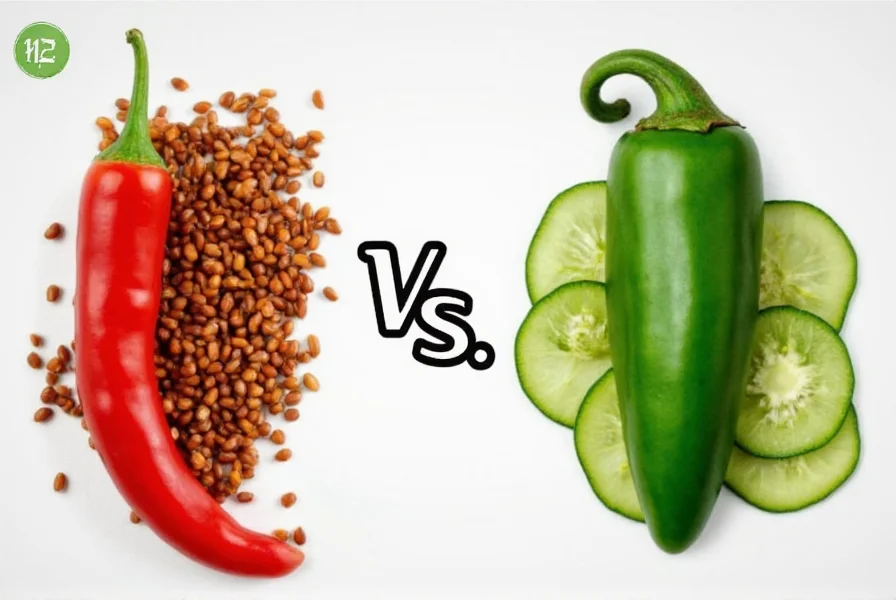

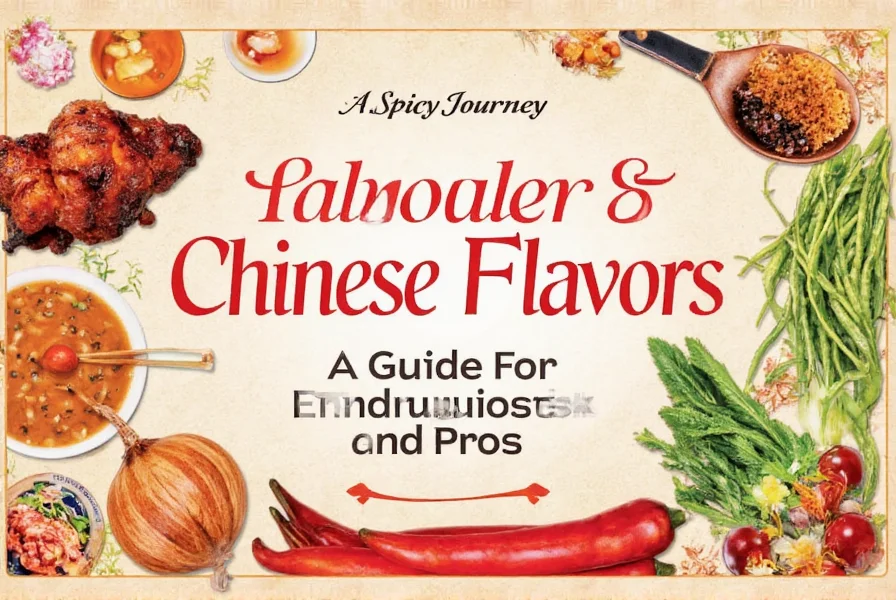









 浙公网安备
33010002000092号
浙公网安备
33010002000092号 浙B2-20120091-4
浙B2-20120091-4